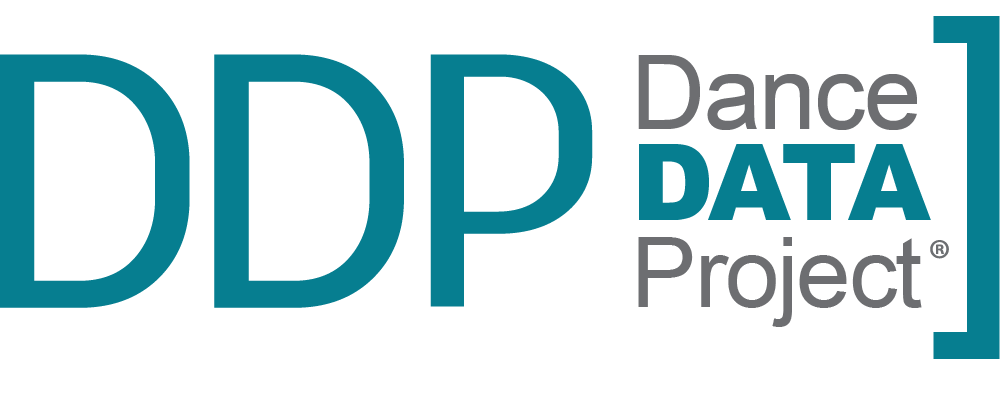Creating A Safe Dance Environment
Madison Ballet rehearsing Stephanie Martinez’s “Love”
Photo by Monika Ford
April 30th: South Arts: Professional Development & Artistic Planning Grants, April 30th: South Arts: Express Grants, May 6th: Doris Duke Foundation Grant, May 7th: South Arts Individual Artist Career Opportunity Grant, May 27th: Dancemakers Residency, June 1st: Miami DanceMakers
×
Madison Ballet rehearsing Stephanie Martinez’s “Love”
Photo by Monika Ford
By Gretchen Alterowitz
Western concert dance techniques are often taught in an authoritarian manner, which separates the roles of instructors and students by demarcating who holds power and knowledge (instructors), and who is subject to power and needs to gain knowledge. Authoritarian models, while sometimes defended for their rigor or results, can be abusive (emotionally, psychologically, physically) and lead to fear, anxiety, and injury. Intimidated dancers are less creative, exploratory, and willing to take risks, and their capacity to learn and develop is diminished. Inclusive teaching reimagines traditional ideas about who can and should dance and what the studio environment should feel like, with the goal of creating equity, care, and growth opportunities for all participants.
Gretchen Alterowitz is an artist-scholar-educator whose research focuses on feminist, queer, and democratic dancemaking, performance, and teaching. Her writing is published in Dance Chronicle, Conversations Across the Field of Dance Studies, Journal of Dance Education, and the forthcoming Oxford Handbook on Contemporary Ballet. She is Associate Professor of Dance at UNC Charlotte, where she teaches ballet technique, choreography, and dance studies.